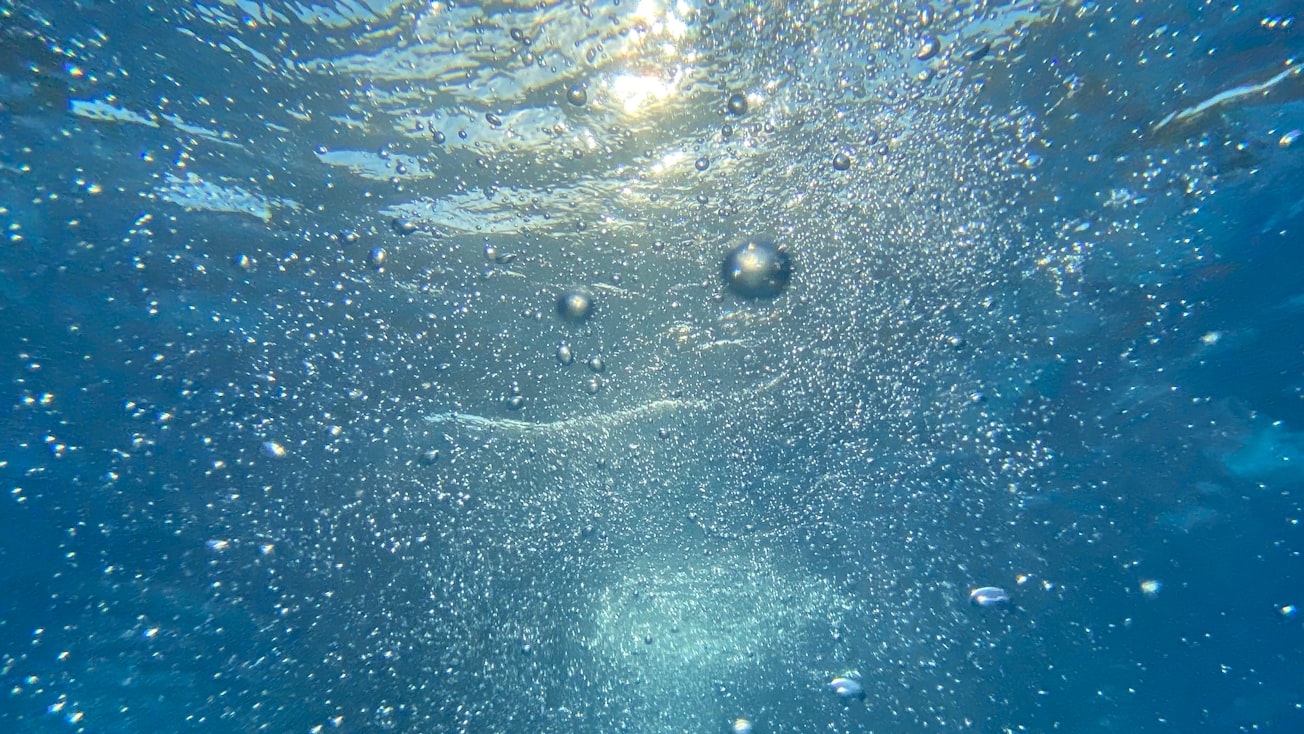What is it about?
Varying systematically the bulk-mean velocity and water depth, laboratory flume experiments were conducted and we measured surface velocities and dissolved oxygen (DO) concentrations in open-channel flows to reveal the relationship between DO transfer velocity and surface divergence. The result implies that interfacial gas transfer is related to bottom-situated turbulence motion and vertical mass transfer.
Featured Image

Photo by J K on Unsplash
Why is it important?
Air / water interfacial gas transfer through free surface plays a significant role in preserving and restoring water quality in creeks and rivers. However, direct measurements of gas transfer velocity and reaeration coefficient are still difficult, and therefore a reliable prediction model needs to be developed.
Perspectives
The proposed SD model is expected to evaluate gas transfer velocities in small rivers, where depth information is relatively easy to acquire. In contrast, in large rivers and oceans, water depth must be replaced by an appropriate length scale. In the near future, we shall improve the present modified SD model to reasonably predict the gas transfer velocity in the various types of flow fields.
Michio Sanjou
Kyoto Daigaku
Read the Original
This page is a summary of: Surface velocity divergence model of air/water interfacial gas transfer in open-channel flows, Physics of Fluids, April 2017, American Institute of Physics,
DOI: 10.1063/1.4981228.
You can read the full text:
Contributors
The following have contributed to this page







